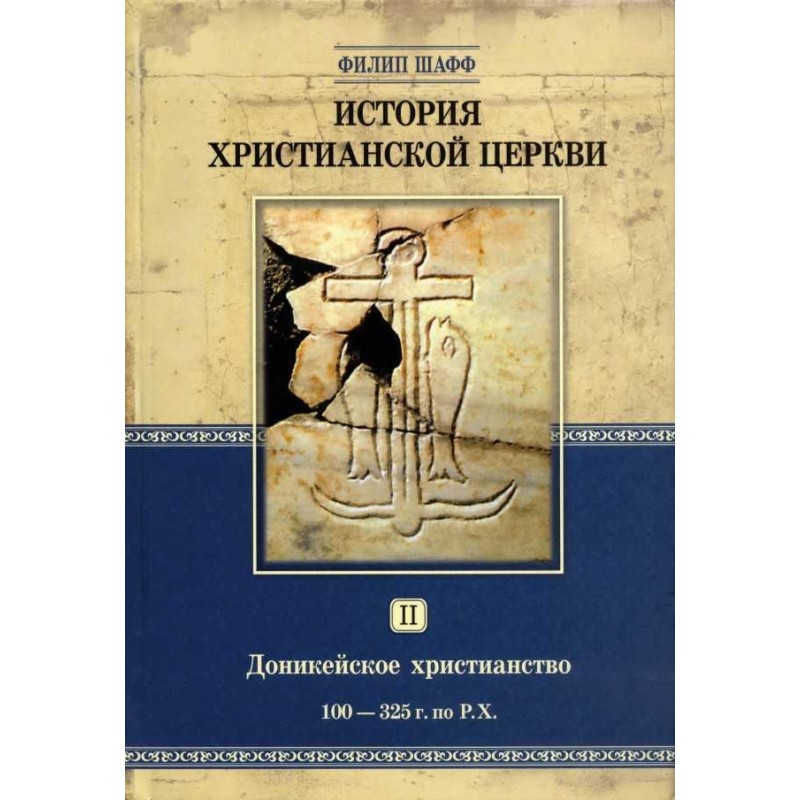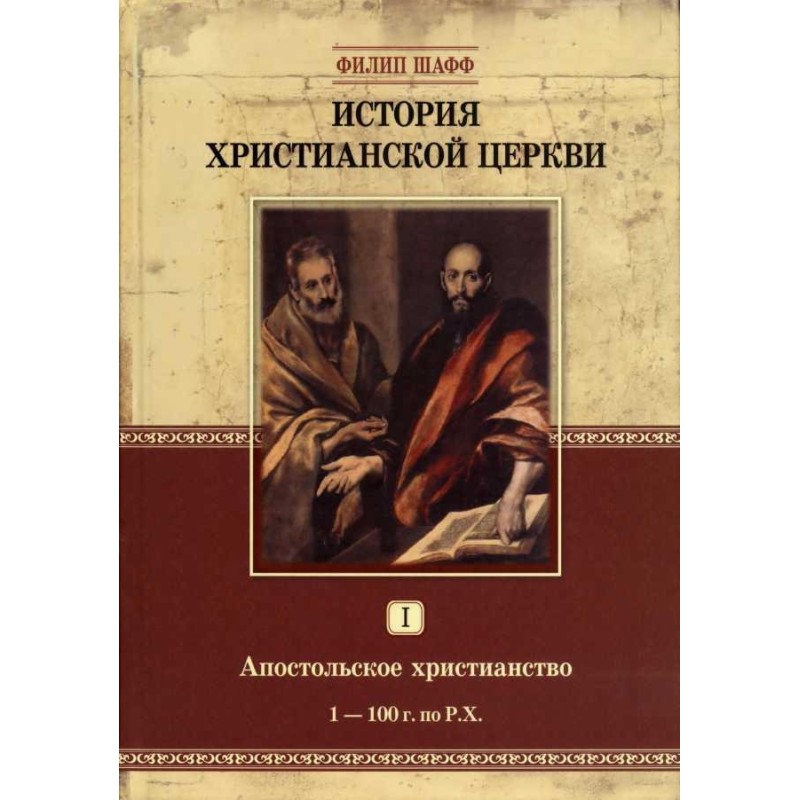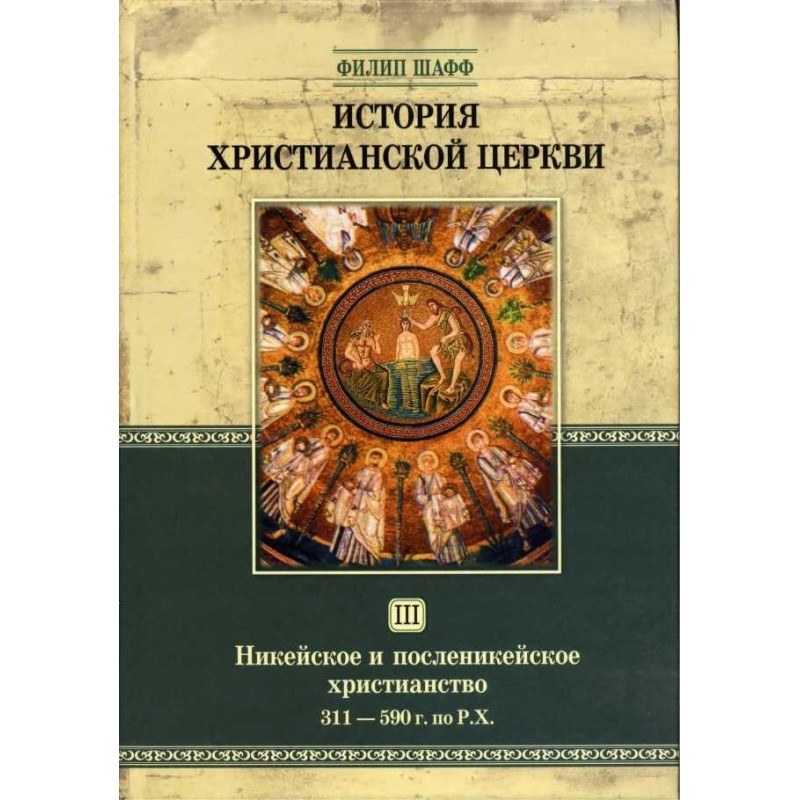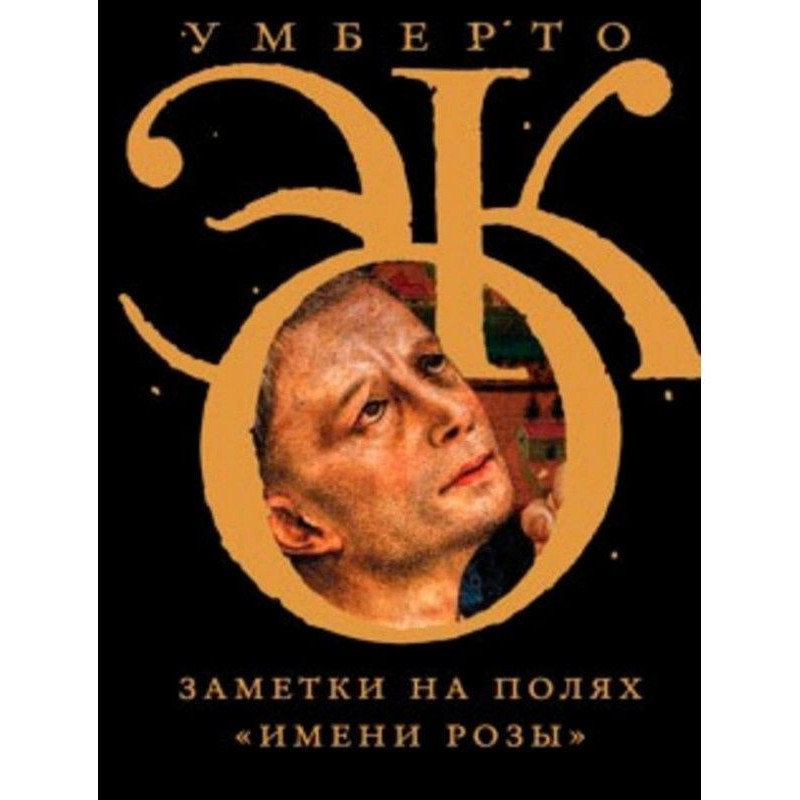Nicene and post-Nicene Christianity. From Constantine the Great to Gregory the Great (311 - 590 AD)
 Instant download
Instant download
after payment (24/7)
 Wide range of formats
Wide range of formats
(for all gadgets)
 Full book
Full book
(including for Apple and Android)
The reign of Constantine the Great is marked by the transition of the Christian religion from persecution by the secular government to an alliance with the latter. Greco-Roman paganism, the most developed and powerful system of idolatry known to history, after three hundred years of struggle succumbs to Christianity and dies of an incurable disease, admitting: “You have won, Galilean!” The ruler of the civilized world places his crown at the feet of the crucified Jesus of Nazareth. The successor of Nero, Domitian and Diocletian appears in imperial purple at the Council of Nicaea as the defender of the church and takes his gilded throne at the nod of the bishops, who still bear the scars of persecution. The despised sect, which, like its Founder in the days of His humiliation, had nowhere to lay its head, ascends to the highest state power, begins to enjoy the prerogatives of the pagan priesthood, becomes rich and powerful, builds from the stones of pagan temples countless churches in honor of Christ and the martyrs, uses the wisdom of Greece and Rome, to justify the folly of the cross, shapes civil laws, governs national life and the history of the world. But at the same time, the church, which absorbed the majority of the population of the empire, from Caesar to the last slave, and found itself surrounded by all imperial institutions and institutions, adopted a lot of material alien to it, worldly and pagan, exposed itself to new dangers, doomed itself to new and hard work.
Data sheet
- Name of the Author
- Филип Шафф
- Language
- Russian
- Translator
- Ο. Α. Рыбакова
Reviews
Глибоке дослідження християнства в історичному контексті
Книга "Нікейське та післянікейське християнство" є вражаючим дослідженням еволюції християнства в період від правління Костянтина Великого до Григорія Великого. Автор майстерно розкриває складні взаємозв'язки між християнською вірою та язичницькими традиціями, показуючи, як церква, яка колись була переслідувана, стала потужною силою в імперії. Читач отримує можливість зрозуміти, як зміни в політичному ландшафті вплинули на розвиток релігії, а також як церква адаптувалася до нових умов, приймаючи елементи язичництва та цивільного управління. Автор не лише описує історичні події, але й глибоко аналізує їх наслідки, що робить цю книгу цінним джерелом для всіх, хто цікавиться історією християнства, теологією та соціальними змінами в античному світі. Рекомендую цю книгу всім, хто хоче глибше зрозуміти, як християнство стало тією силою, якою воно є сьогодні.

















